Science Daily News | 01 Jun 2023

Views (141)
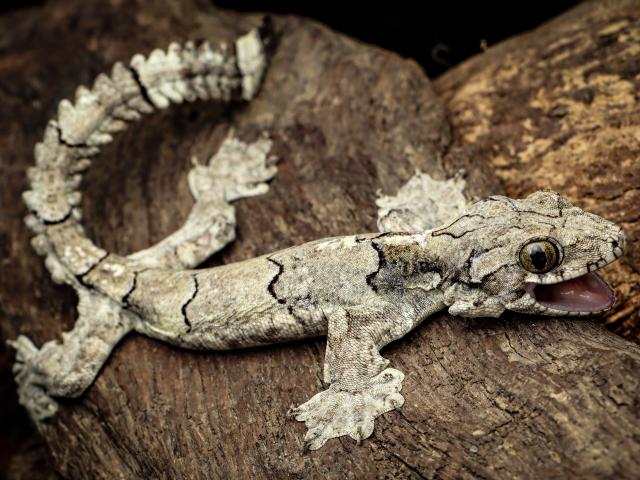
Climate change: Pupils take action with new qualification
Pupils at a number of schools are now halfway through studying a new climate change qualification.
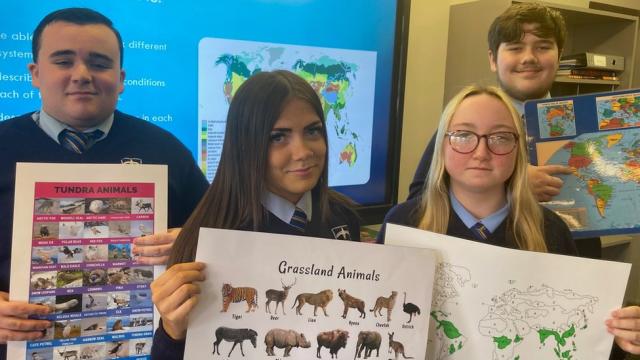
A new climate change qualification is inspiring action among the first group of pupils in Northern Ireland to study it.
Reducing Carbon Footprints Through Environmental Action was developed by the environment charity Keep Northern Ireland Beautiful.
Pupils learn about biodiversity, climate campaigning and fast fashion.
The course's first cohort are now halfway through their studies.
At St Colm's High School in Dunmurry, County Antrim, they have been travelling the world without leaving the classroom.
"I've learned about the different situations all over the world, especially Sudan where the Sahara's blown in and destroying cropland and pushing people out of their homes into the cities," said Steven.
He took the qualification with an eye to his future career ambitions.
"I want to go into transportation, like trucking. And with climate change it's definitely going to affect that field of work and change how it operates," he said.
"I think it would be nice to learn about why it's happening and how my company can actually change it and benefit the world more."
The students have also learned about their own impact on the world by examining their carbon footprint.
Discovering how climate change is affecting the planet has changed how these teenagers are living.
"It just makes you want to try harder," said Courtney-Ann.
She said: "Because we do stuff in the house that we don't need.
"We leave the heating on, we'll leave all lights on, we'd get long showers that we don't need and just all silly stuff like that, that you could just stop and cut down on and help out a lot.
"It's just the little things you could do to change a big part of the world."
The pupils are not the only ones learning new things. Teachers go on a one-day training with Keep Northern Ireland Beautiful.
Geography teacher Chris Robb said: "I learned stuff that I had read about at university, that had sort of been buried right down in the mind closet."
He said attitudes about climate change were evolving and the children were already working out ways to reduce their own impact.
"If that means that they make a tiny wee change, then perfect. And if that means our planet isn't going to warm up as quickly as it is now, fantastic," Mr Robb said.
The pupils achieve a GCSE-equivalent grade B through coursework, without having to sit any exams.
"I find that less stress-worthy," Mya said.
"It's just easier, plus you get a good GCSE at the end.
"It's been very interesting and given me more awareness, so yeah, I say any child out there do it, because it's good for you."
More schools are expected to offer the course next year.
NASA talks UFOs with public ahead of final report on unidentified flying objects
NASA held its first public meeting on UFOs on Wednesday a year after launching a study into unexplained sightings and insisted it's not hiding anything. The team includes 16 scientists and other experts selected by NASA including retired astronaut Scott Kelly, the first American to spend nearly a year in space. “I want to emphasize this loud and proud: There is absolutely no convincing evidence for extraterrestrial life associated with” unidentified objects, NASA's Dan Evans said after the meeting.

“I want to emphasize this loud and proud: There is absolutely no convincing evidence for extraterrestrial life associated with” unidentified objects, NASA's Dan Evans said after the meeting.
Still, hundreds of questions from the public that poured in ahead of time were skeptical and veered into conspiracy theories.
NASA launched the study to probe what it calls UAPs — short for unexplained anomalous phenomena — in the sky, in space or under the sea.
Optical illusions can explain some of this, said Kelly, a former Navy fighter pilot. He recalled a Tomcat flight off Virginia Beach years ago during which his radar intercept officer in the back seat was convinced they’d flown past a UFO.
“It turns out it was Bart Simpson, a balloon,” Kelly said. “And in my experience, the sensors kind of have the same issues as the people’s eyeballs.”
Evans pointed out that the livestream of the meeting led to considerable trolling. That comes on top of “online abuse" directed toward several committee members.
Harassment detracts from the scientific process and reinforces the stigma surrounding the topic, said Evans, adding that NASA security is dealing with it.
“It’s precisely this rigorous, evidence-based approach that allows one to separate the fact from fiction," he said.
The group is looking at what unclassified information is available on the subject and how much more is needed to understand what's going on in the sky, according to astrophysicist David Spergel, the committee's chair who runs the Simons Foundation.
No secret military data are included, such as anything surrounding the suspected spy balloons from China spotted flying over the U.S. earlier this year.
The meeting was held at at NASA headquarters in Washington with the public taking part remotely.
A final report is expected by the end of July.
___
The Associated Press Health and Science Department receives support from the Howard Hughes Medical Institute’s Science and Educational Media Group. The AP is solely responsible for all content.
Poole Harbour ospreys: Chicks hatch to south's only breeding pair
It is the second year the pair have hatched chicks following a reintroduction programme in Poole.
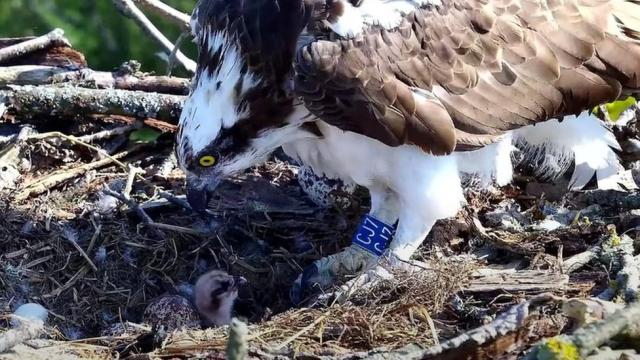
The only breeding pair of ospreys on England's south coast have hatched their first two chicks of the year.
It is the second year the birds, which are part of a reintroduction programme, have successfully bred in Poole Harbour, Dorset.
Last year they raised two chicks, becoming the first known ospreys to breed in southern England since 1847.
One of the fledglings was killed by a Goshawk. It is hoped the other will return from migration next year.
The reintroduction programme, led by conservation charity Birds of Poole Harbour, began in 2017 with the aim of establishing a breeding population.
Brittany Maxted, who manages the charity's osprey project, said: "This is the first time we have had cameras that can look into the nest so people can see them hatch.
"We hope they will produce even more birds this year."
In 2022, the pair laid three eggs but one did not hatch.
"For a first-time breeding pair, it's not unusual. They did really well," Ms Maxted said.
"Those chicks were quite important to the population so for one to be predated was quite a blow but it meant the other chick received all the attention of the parents."
It is thought the surviving bird, a female with the ring number 5H1, migrated to West Africa where conservationists anticipate she will stay for two winters.
Ms Maxted added: "When she comes back next spring, we will be keeping an eye out. It's nerve-wracking, waiting for them to come back.
"They are long-lived birds so it can take some time."
The fish-eating birds of prey historically bred across the British Isles but populations drastically declined in the Middle Ages.
Students visit building site for inspiration
The youngsters are shown the latest drones, bulldozers and technology at the Daventry site.
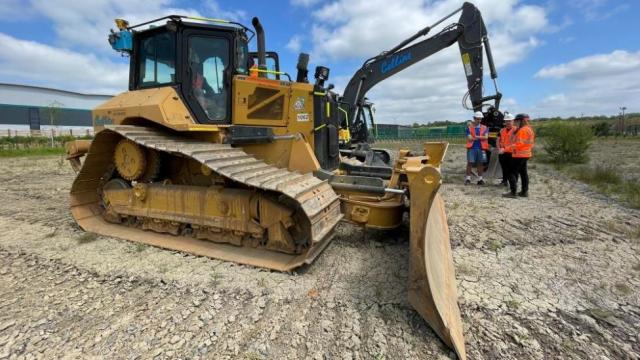
Engineering students had drone and bulldozer demonstrations at a training facility next to a real construction site to encourage them into the construction industry.
The youngsters from Northampton College had the experience as part of ongoing expansion work at the Daventry International Rail Freight Terminal (DIRFT).
Kayleigh Merritt, from construction company Winvic, which was working at DIRFT, said: "Real companies make so much of a difference because they can talk about what they do every day."
The BTEC construction students were the first to visit the site in the partnership between Winvic and Northampton College.
Ms Merritt, the Northampton-based construction company's talent development manager, said: "It's not simulated. It's not role play. It's not pretend. It's real life.
"It's showing them what they [would] do on a day-to-day basis and being there to ask questions about the difficulties and what they enjoy."
She said with the use of new technology, such as drones and tablets, "construction is so different to what it used to be 20 years ago".
Those in the construction industry said demand for engineers would grow over the next five years and there were calls for it to be on the school curriculum.
Ms Merritt said: "If we trained children from a young age about the different roles within construction, there would probably be an uptake when they finish their GCSEs."
Paul Bailey, from Northampton College, said: "I'm quite passionate about these sort of connections because building is building, but it's moving on in so many of the disciplines with the [new] technology."
The construction teacher said visiting the building site and seeing the new technology also "helps me keep updated and it helps convey that within my teaching".
The Department for Education said there were already GCSEs in engineering and electronics available.
It added it was also rolling out new T Level qualifications in engineering and manufacturing, establishing 21 institutes of technology to deliver higher-level science, technology, engineering and maths (STEM) training.
This had involved working with employers to develop more than 350 STEM apprenticeships.
Pine marten has 'phenomenal resurgence' across Northern Ireland
Ulster Wildlife study finds pine martens are present in almost double the number of sites than 2017.
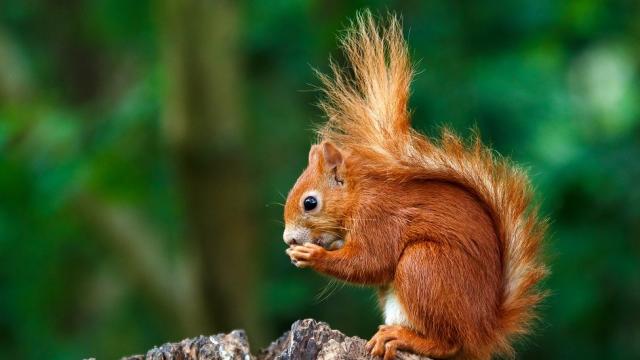
The presence of pine martens in Northern Ireland has almost doubled in five years, according to a new survey.
Ulster Wildlife said the priority species is undergoing a "phenomenal resurgence".
It is hoped their recovery will boost the red squirrel which has held its population numbers.
Considered one of Northern Ireland's rarest native mammals, the pine marten is a cat-sized carnivore related to the stoat.
Ulster Wildlife's 2022 survey of pine martens and squirrels was carried out across 218 woodlands in Northern Ireland using camera traps and feeders with participation from 15 partners including National Trust and Mourne Heritage Trust.
It found that pine martens were present in almost double the number of sites compared to a previous survey five years ago.
The survey also shows that the number of woodlands surveyed with red squirrels present remains comparable to 2017, suggesting that the population is holding steady at a landscape-scale.
Ulster Wildlife said its latest findings indicate a "remarkable turnaround".
"It's fantastic to see pine martens spreading and returning to areas where they haven't been seen for many years," said priority species officer Ross McIlwrath.
He hopes the pine marten's recovery will boost red squirrel populations, which were previously decimated by the introduction of grey squirrels from North America in the 19th Century.
Grey squirrels do not change their behaviour or become more vigilant, therefore leaving them more vulnerable to the predator.
This is known as "the pine marten effect".
The survey shows that the presence of the grey squirrel has declined slightly since 2017, most notably in woodlands surveyed in the west.
County Fermanagh has maintained its status as an area free from grey squirrels.
"We are seeing that in areas with a strong pine marten presence, greys are retracting.
"Red squirrels have adapted to live alongside these native predators, unlike their non-native counterparts," Mr McIlwrath added.
However, he warned against complacency as red squirrels are still threatened by the grey's presence and habitat destruction.
"Many red squirrels have disappeared from small areas of woodlands and urban areas, and have become increasingly isolated and fragmented," he said.
"We need to continue to work with partners, landowners and local conservation groups to control the spread of greys, create a more connected landscape to allow reds to spread and recover, and ensure continued long-term monitoring of these three species."
Scientists discovered a smiling, paragliding gecko that flies from tree to tree in India
The wide-eyed reptiles use flaps of skin alongside their bodies and tails to glide through the air, according to a new study.

Scientists discovered a new species of paragliding gecko in India.
The smiling reptiles use skin flaps along their body to fly from tree to tree.
The discovery highlights a lack of documentation of the region's biodiversity, researchers said.
The wide-eyed, smiling reptiles were discovered while researchers were surveying gecko populations in northeastern India.
The creature's scientific name is Gekko mizoramensis, but scientists have dubbed the mini-lizards "parachute geckos" due to their habit of gliding from tree to tree.
The animals use flaps of skin alongside their bodies and tails to glide through the air.
Parachute geckos live across Bangladesh, Myanmar, Thailand, and Cambodia, but this is the first time researchers clocked the new species in India, according to the study.
Scientists found that the geckos discovered in India are distinct from other types of parachute geckos, some of which can glide up to 200 feet.
The Gekko mizoramensis are nocturnal and use scent simulations to protect themselves as they fly. The reptiles were most active around the onset of dusk, hunting and ambushing their prey, which includes beetles, roaches, moths, and other insects, according to the study.
Investigators captured the geckos by hand while conducting surveys in India. All the reptiles were found at heights about 150 to 360 cm above the ground.
0 Likes
